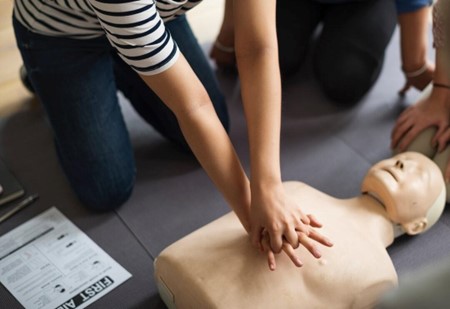Are you ready to renew your CPR certification? CPR renewal is an important step in staying prepared for emergencies. It ensures you are up-to-date with the latest techniques and knowledge.
In this guide, we’ll walk you through everything you need to know about CPR renewal. Whether it’s your first time or you’re a seasoned pro, we’ve got you covered. Ready to get started? Let’s dive in!
Understanding the Importance of CPR Renewal
Understanding the importance of CPR renewal is crucial for staying prepared in emergencies. CPR techniques can change over time, so keeping your skills up-to-date is essential. Renewing your certification ensures you are confident in your ability to help save lives.
Regular CPR renewal helps you stay sharp and ready to respond quickly. For more information on CPR renewal courses, visit MyCPR NOW. Keeping your certification current can make all the difference when seconds count.
How to Prepare for Your CPR Renewal Course
Preparing for your CPR renewal course is simple and straightforward. Start by reviewing the latest CPR guidelines and techniques. Many courses offer materials to help you brush up before the class. Make sure you know the basics of chest compressions, rescue breaths, and using an AED.
It’s also helpful to bring your previous certification card if you have one. Arrive on time and be ready to participate in hands-on activities. Preparing ahead ensures you get the most out of your CPR renewal course.
Key CPR Techniques to Refresh During Renewal
During CPR renewal, it’s important to refresh key techniques. First, practice chest compressions, ensuring you apply the right pressure and speed. Remember to keep your hands in the center of the chest and avoid interruptions.
Next, review the technique for giving rescue breaths. Make sure you’re providing effective breaths by sealing the victim’s mouth properly. You’ll also practice using an AED, ensuring you follow the steps for safe and quick use.
What to Expect in a CPR Renewal Class
In a CPR renewal class, you will refresh your knowledge of life-saving techniques. You’ll practice chest compressions, rescue breaths, and using an AED. Instructors will guide you through the most up-to-date guidelines for CPR.
If you’re wondering, how long is a CPR class in-person, it typically lasts around 2-4 hours. The class will be interactive, and you’ll have the chance to ask questions. After completing the course, you will receive a renewed certification. Expect to leave the class feeling confident and ready to act in an emergency.
How to Maintain Your CPR Certification After Renewal
Maintaining your CPR certification is essential to stay prepared. After renewal, keep track of the expiration date to avoid lapsing. Some CPR business providers offer reminders for when your certification is due. Practice your CPR skills regularly to stay sharp.
If you work in a field that requires CPR, stay informed about any changes in guidelines. Make sure to keep your certification card in a safe place for easy access. Maintaining your CPR certification ensures you’re always ready to help in an emergency.
Learn More About CPR Renewal
Renewing your CPR certification is a simple yet vital step in being prepared for emergencies. It ensures you stay updated on life-saving techniques and boosts your confidence in critical situations.
By completing CPR renewal, you’re helping others and staying ready to act when needed. Make sure to choose a reliable program that fits your needs. With CPR renewal, you’re always ready to make a difference.
Visit our blog for more!

